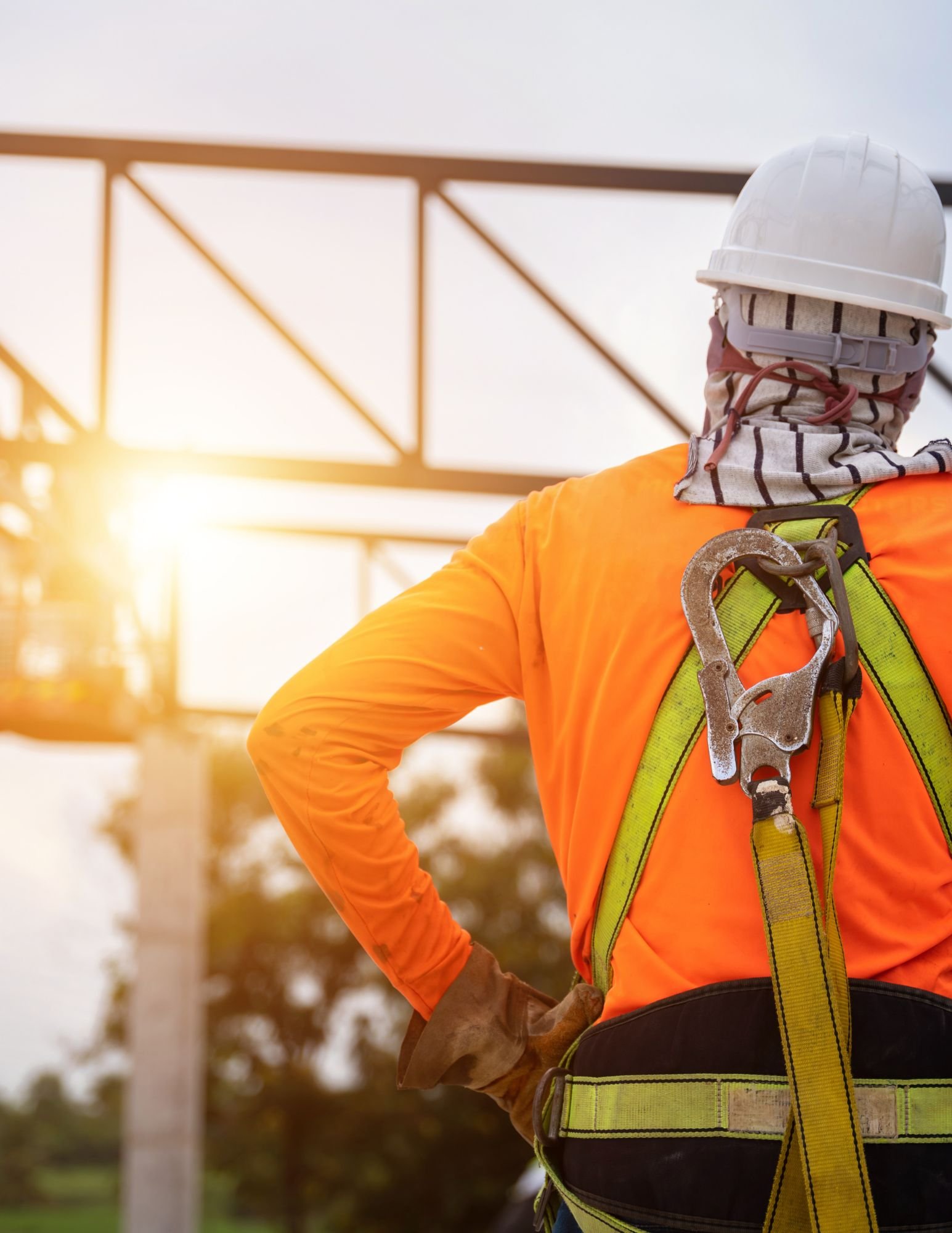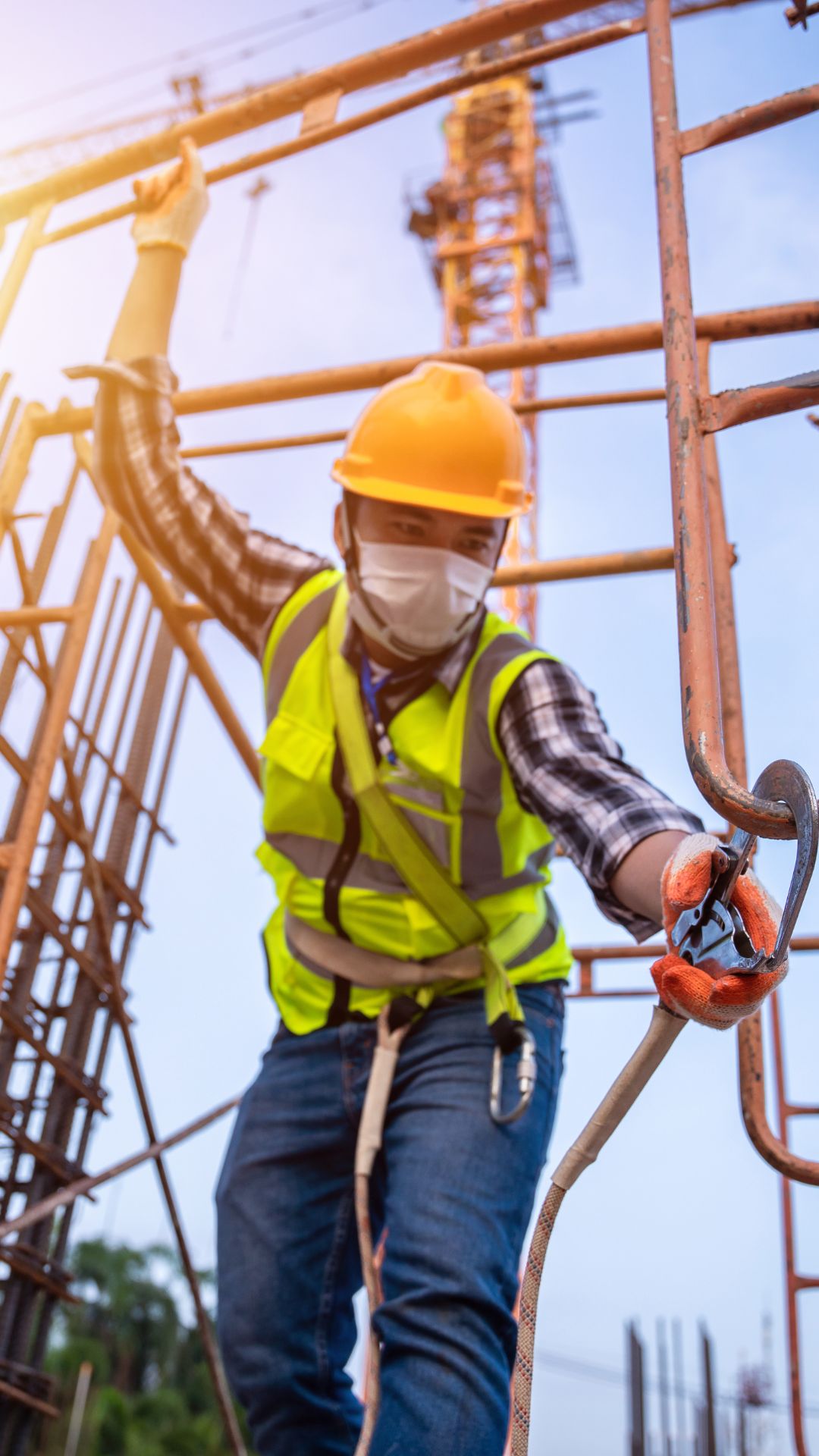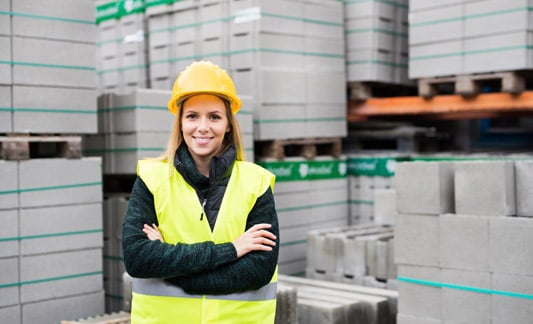.jpg?width=1920&name=FALL%20PRO%20(1).jpg)
Construction sites contain many potential fall hazards that put workers’ safety at risk. A fall risk assessment helps identify dangers present and determine appropriate controls to prevent incidents.
A fall risk assessment systematically evaluates a workplace to locate potential fall hazards, assess the risk they pose to workers, and reduce identified dangers through proper safety measures. It involves examining factors such as uneven surfaces, slippery floors, inadequate lighting, obstacles, and other conditions that may contribute to falls.
We believe regular safety performance reports are a cornerstone of workplace injury prevention. By tracking key safety metrics over time, companies can identify risks, reinforce positive behaviors, and continually improve.

The purpose of a fall risk assessment is to proactively identify and mitigate potential hazards that could lead to accidents or injuries. By conducting a thorough evaluation of your premises, we can help you create a safer environment for everyone - employees, customers, or residents.
Who Needs an Assessment?
Fall risk assessments are crucial for construction and industrial sites where workers complete tasks at height like:
It is essential for any premises where people gather or work. Whether you own a commercial business, manage an office building, run a healthcare facility, operate a retail store, or oversee any other type of property, ensuring safety should always be a top priority. Falls can have severe consequences, both in terms of human suffering and financial liability. Our Customized OH&S Fall Risk Management Plans can not only minimize the risk to your workers but also save costly legal fees that can arise unexpectedly.

Falls account for over 36% of construction worker deaths. Proactive assessment and control prevent incidents, injury, legal penalties, and costly project delays.
At Irwin's Safety, we follow a meticulous five-step process to conduct a fall risk assessment on your premises:
Preliminary Review: We examine the layout, structure, and high-risk areas of your property to understand potential hazards.
On-site Evaluation: Our team visits your site to evaluate specific conditions like flooring, lighting, stairs, ramps, handrails, signage, and accessibility features.
Hazard Identification: We systematically identify and document all potential fall hazards found during the evaluation.
Risk Determination: Each hazard is assigned a level of risk based on severity and likelihood of occurrence.
Action Plan Development: We create a customized action plan outlining recommended solutions and strategies to mitigate identified risks effectively.
The assessment yields a detailed report summarizing:
Our report will highlight the priority areas that require immediate attention and suggest preventative measures to eliminate or minimize risks associated with falls.
What are the 5 key steps in a fall risk assessment?
The key steps in a worksite fall risk assessment include: inspecting the area for potential slip, trip and fall hazards; identifying existing safety controls and procedures; determining the likelihood of a fall event occurring; evaluating potential injury severity if a fall were to occur; and recommending additional precautions such as personal protective equipment and installation of guardrails.
What is the role of the nurse in the fall risk assessment?
The nurse has an important role in assessing patient-specific risk factors such as mobility impairment, effects of medications, and cognitive status. The nurse provides recommendations on supplements to improve bone health, collaborates with rehabilitation staff on gait training when applicable, and helps determine suitable assistive devices for patients at higher fall risk.
What is the objective assessment of the risk of falls?
Objective fall risk assessments utilize validated scaling tools to review variables like fall history, secondary diagnoses, ambulatory aid usage, and intravenous line or heparin lock presence. These factors are assigned numerical scores which are totaled to rank the patient's fall risk level and document it clearly upon admission for the care team.
Our multifaceted team strives to provide both insightful metrics and thoughtful collaboration towards the mutual goal of injury prevention. Don’t wait until it’s too late or assume your site is hazard-free. Our advisors determine proper fall arrest and travel restraint systems suited to your site’s risks. We provide documented recommendations to bolster safety and satisfy regulators.
So we can perform a comprehensive fall risk assessment at your upcoming worksite. With over a decade of industrial safety experience, we identify often overlooked dangers and provide clear equipment and training recommendations to reduce risk.
or Phone +1 (855) 747-9467

“The safety of the people shall be the highest law."
– Marcus Tullius Cicero, Roman philosopher born in 106 BC